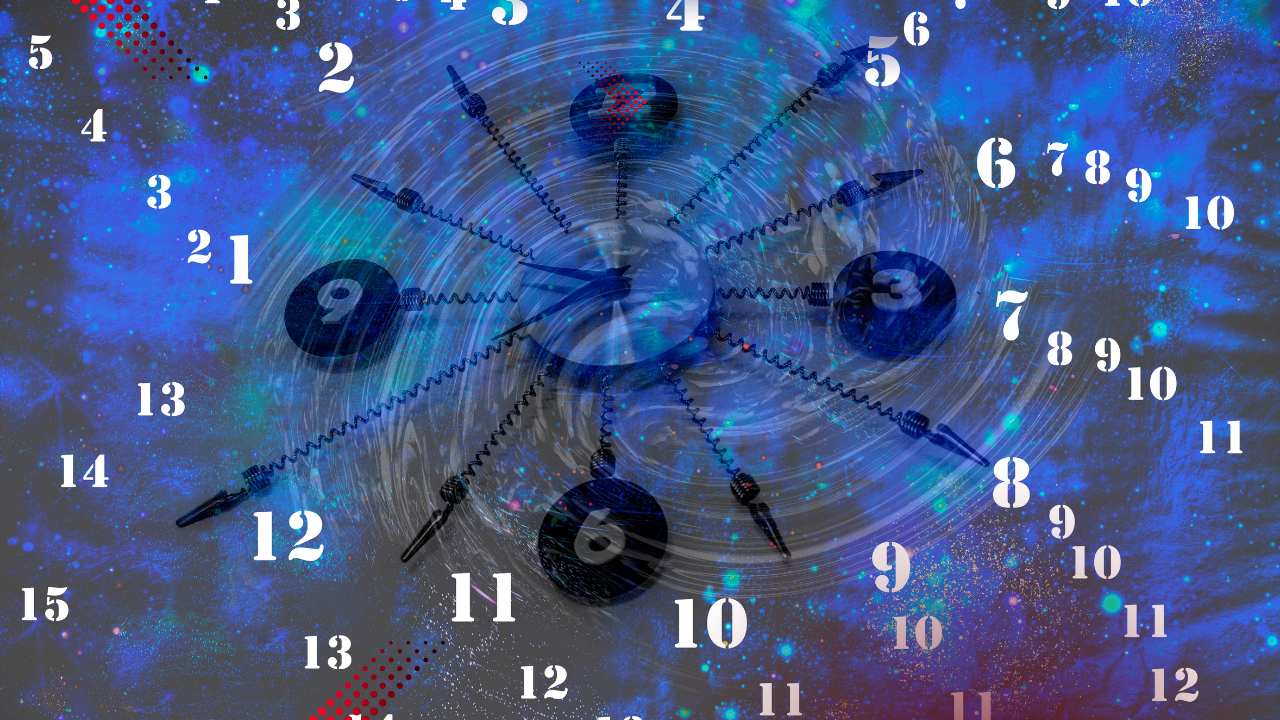
Imagine for a moment that your face is not just a random collection of features inherited from your parents. What if it were actually a sophisticated map—a topography of your personality, your health, and even your destiny?
In the ancient arts, this concept is known as Physiognomy or “Mukha Lakshana Shastra” in India. It is the study of human character based on facial features. Just as a geologist reads the history of the earth through rock layers, a face reader looks at the peaks of the nose, the valleys of the philtrum, and the rivers of forehead lines to understand a person’s life story.
This guide will walk you through the landscape of the human face, helping you decode the hidden messages written on your own reflection.
The Three Great Zones of Life
Before zooming in on specific features, it is essential to look at the “continent” of the face as a whole. The face is generally divided into three distinct regions, each governing a different time and aspect of life.
The Upper Zone (Hairline to Eyebrows): This is the Mental Region. It represents your early years (ages 0–20). A clear, unblemished forehead here signals a happy childhood, whereas indentations or dull color might suggest early struggles or health issues.
The Middle Zone (Eyebrows to Nose Tip): This is the Ambition or Practical Region. It governs the prime of your life (approx. ages 27–60). This area reveals how you handle career, power, and worldly interaction.
The Lower Zone (Nose Tip to Chin): This is the Instinctive or Physical Region. It relates to your later years (60+) and governs your physical drives, affections, and earthly connections.
The Forehead: The Sky of the Mind
Your forehead is the billboard of your intellect and history. When you raise your eyebrows, the lines that form can tell a story about your temperament.
Vertical Creases: If you see a single vertical crease, it often indicates a person who is ambitious and perhaps a bit selfish or egoistic. However, two vertical creases are a sign of a person with excellent focus, deep concentration, and good memory.
The Smooth Sky: Interestingly, if no lines appear when you raise your eyebrows, you are likely a rare optimist—someone who remains cheerful and resilient regardless of life’s storms
Eyebrows: The Director of Decisions
Eyebrows are the frame of the face, and they reveal how a person thinks and makes decisions. They are the “managers” of the face.
| Eyebrow Shape | The Personality Trait |
| Curved | The People Person. You relate to others on a personal level and learn through experience. You are friendly by nature. |
| Straight | The Logician. You need facts, data, and proof. You are a logical thinker who values a direct approach. |
| Angled/Pointed | The Controller. You seek authority and control. You like to be right and evaluate situations carefully. |
| Thick/Bushy | The Doer. You are practical, realistic, and intellectually powerful. |
| Thin | The Sensitive Soul. You may be overly sensitive to the opinions of others and single-minded in your approach. |
Pro Tip: The distance between the eyebrows matters. A wide space suggests a person who will make money and live a long life. If they are very close together (meeting), the person acts as a “non-stop thinker” who has trouble relaxing and letting go.
The Eyes: Windows to Concentration
While poets say eyes are the window to the soul, in face reading, they are the window to your focus and adaptability.
- Small vs. Large: People with small eyes possess a laser-like ability to concentrate on details, though they may be less adaptable to change. Conversely, those with big eyes see the “bigger picture” and adapt easily, but they may lack focus.
- The Sparkle: Keep an eye out for “sparkling eyes.” These belong to enthusiastic, fun-loving people who believe life is full of joy.
- Deep vs. Bulging: Deep-set eyes indicate an observer—someone who watches nature and cannot be easily deceived. Bulging eyes belong to talkative, energetic people who might speak before they think.
The Nose: The Mountain of Wealth
In the landscape of the face, the nose is the mountain. It represents wealth, health, and the ego/self.
- The Leader’s Nose (Long): A long nose indicates a born leader with razor-sharp instincts and driving ambition.
- The Hawk Nose: Resembling a beak, this nose belongs to someone oozing with confidence who lives life on their own terms.
- The Wallet (Nostrils): The fleshy wings of the nose (nostrils) represent financial capacity. If the nostrils are wide, there is an abundance of money. If they are covered or turned inward, the person tends to save and hold onto money.
- The Consultant (Greek Nose): A perfectly straight nose suggests a logical thinker, highly skilled and inspiring—someone to lean on in hard times.
The Mouth and Chin: Willpower and Affection
Finally, we reach the bottom of the map. The mouth reveals how we express ourselves, while the chin shows our tenacity.
- Lip Thickness:
- Thick Lips: Practical, kind, sentimental, and devoted. However, they can be easily fooled due to their sentimental nature.
- Thin Lips: Quick-witted, realistic, and straightforward, but potentially argumentative.
- The Chin’s Resistance:
- Pointed Chin: This indicates a stubborn person with fierce inner resistance. You cannot push them; you must be flexible.
- Square Chin: The “challenger.” They never give up until they get what they want and love a good debate.
- Round Chin: A sign of happiness in old age.
A Note on Special Markers: Moles
Think of moles as “X marks the spot” on your treasure map. Their meaning changes drastically based on location:
- Above the Eyebrow: Indicates wealth luck, but you must work harder than most to earn it.
- Under the Nose: Excellent “descendants luck”—meaning you will likely be surrounded by a large, supportive family.
- End of Eyebrow: Suggests authority and power; great for a CEO.
The Mirror Exercise The next time you look in the mirror, look past the “beauty” or “flaws.” Look at the lines, the shapes, and the spacing. You are looking at a history book written by nature itself.





Hi, this is a comment.
To get started with moderating, editing, and deleting comments, please visit the Comments screen in the dashboard.